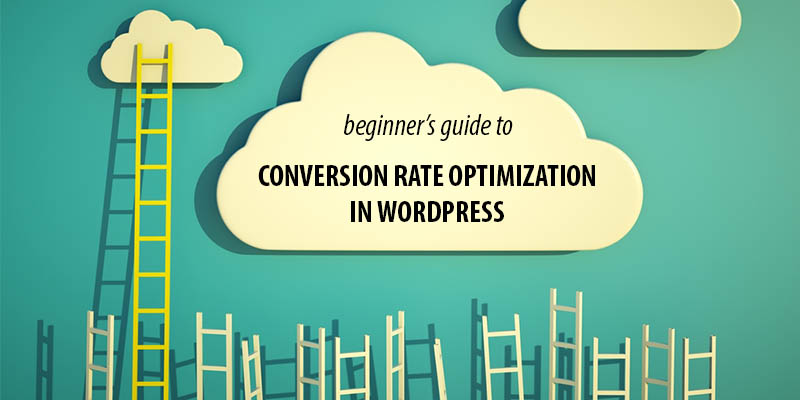Optimización de la conversion rate (CRO) es una importante técnica de optimización de sitios Web que se encarga de cómo los visitantes interactúan con su sitio web. Es esencialmente una forma de clue and optimize the number of visitors who are really buying your product or perform the desired action.
Aquí hay un dato interesante: un sitio web con mucho traffic pero una tasa de conversion baja genera menos ingresos que un sitio web con un tráfico comparativamente menor, pero una tasa de conversión más alta. En otras palabras:
A higher conversion rate generates better income.
Glossary
The following are some terms that we must understand before continuing with the guide. Let's analyze that so we don't forget:
- Conversion: When a visitor makes a action on your website, it's called a conversion.
- Action: Una acción puede ser cualquier actividad o transacción que desee que realice su visitante. Podría ser suscribirse a su boletín informativo, comprar su servicio (o un promocionado), suscribirse a su channel social, etc.
- Conversion rate: Take the amount of persons que se convierten and divide them by the total number of visitors to your site. As an example, if your site has 1000 visitors, of which 50 convert, then you have a conversion rate of 5%.

- Funnel de conversión: La secuencia de acciones que realiza un visitante para transformarse en client. (Un cliente en este contexto es alguien que realiza la acción deseada)

- Llamada a la acción (CTA): It is the button that visitors should click to perform the desired action. It can be anything from "Buy Now," "Sign up for a free trial," or creatives like "See why you're losing money."

Bounce Exchange is one of the frontiers in exit intent technology. The buttons you see are the CTAs.
Key tips
Moving on, here are some basic guidelines for CRO, taken from Neil Patel (a well known analytics expert).
- Your CRO efforts should be aimed at getting more conversions, in other words, increasing your conversion rate.
- CRO is not based on what you want. Is about put yourself in the shoes of your visitors y pensar desde su perspectiva. Es el proceso de hacer que la acción deseada para su visitante be lo más fácil y confiable posible.
- The CRO can be approached in two ways: supported evidence and generic techniques. El primero requiere más esfuerzo y de forma general tiene un mejor ROI.
- Generic techniques it may not always work. What works for one website may not work for another.
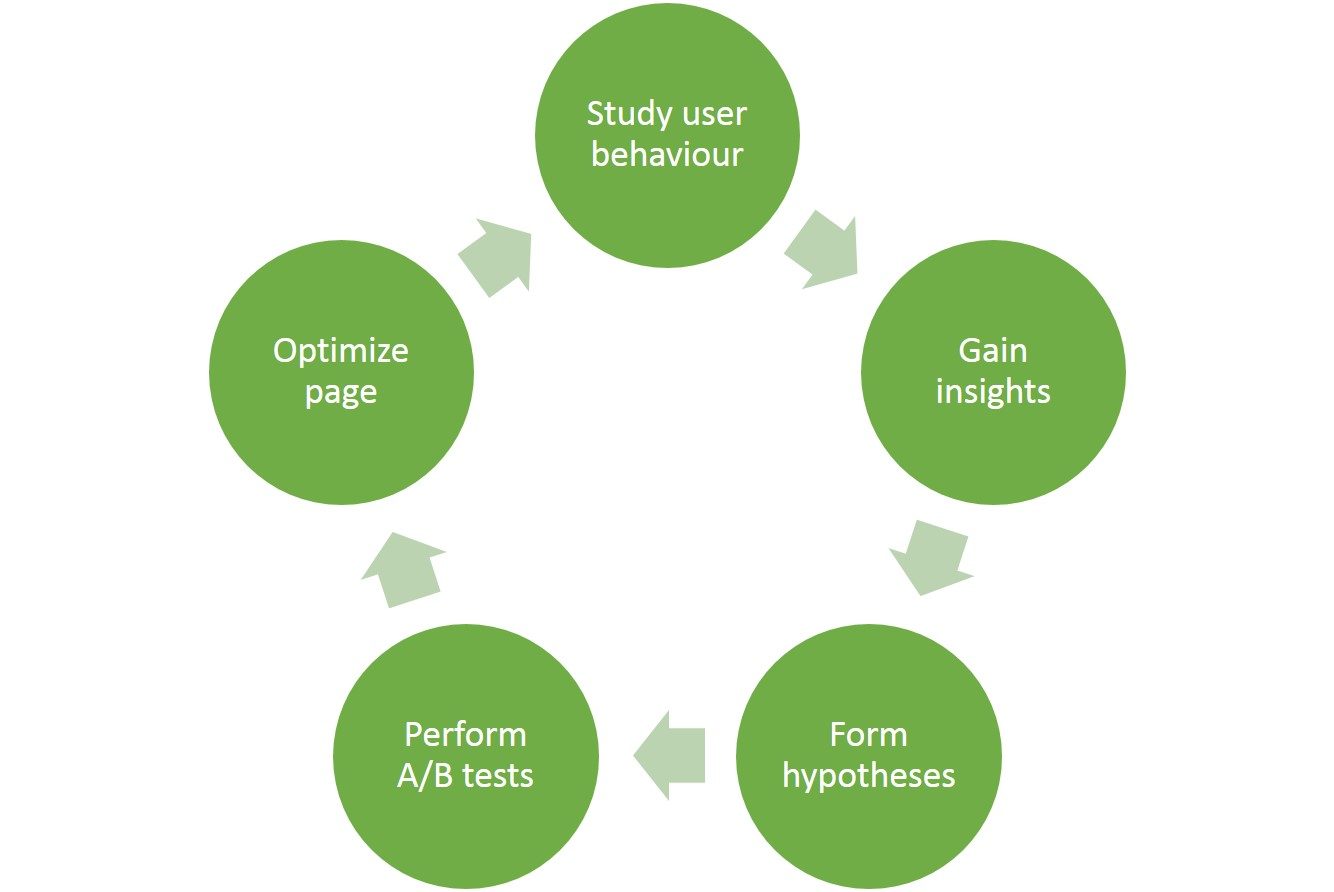
CRO is an evolutionary process
- Supported evidence CRO efforts should be centrado en el Username y basado en datos. You should not rely solely on textbook tactics. You need to study your users, gain insights and formulate hypotheses, test them, and repeat the process until you reach your conversion purpose.
- Research muestra que demasiadas opciones afectan nuestro proceso de toma de decisiones. Por lo tanto, cada acción deseada debe colocarse en su propia página de destino. Es mejor no abarrotar una sola página con demasiadas opciones o CTA.
- Continuing from the previous point, your CRO efforts should at the same time target the the user experience más alta. No deje al usuario adivinando si solo quiere descargar el libro electrónico o suscribirse de forma separada a su boletín. En su lugar, ofrézcales un formulario único de subscription al boletín donde recibirán una copia gratuita de su libro electrónico.
- Remember, fewer options = less time to make decisions = faster conversion.
- Las imágenes valen mil palabras y ciertas imágenes funcionan mejor dependiendo de su público target. Imágenes reales a veces overcome stock photos and images.
What sets CRO apart? ¿Why is it so important?
CRO is one of those techniques that consider quality over quantity. As I mentioned before, a website with a lot of traffic but no conversions will cost you money. So instead of focusing your marketing efforts on getting more traffic, you should work on convert the traffic you already have. You maximize your profits without having to pay for more traffic (you would have to bear the cost of the CRO process anyway).
Los esfuerzos de CRO requieren una inversión significativa de tiempo (y potencialmente financiera). Dividir su presupuesto de marketing por igual en tráfico y SEO y CRO es una buena idea. Al analizar su tráfico, CRO le ayuda a segregar el tipo correcto de visitantes para su negocio. Con el data driven research approach, you can understand your type of customers. You can use these results to fine-tune your SEO and traffic acquisition efforts to get targeted traffic. These visitors are more likely to convert.

CRO improves the traffic acquisition process
The CRO process
1. Identify the page you need to optimize
Lay the groundwork - know what to do. Identify he element on your site needs optimization. This is not as simple as it sounds. As we've seen before, CRO relies on your website and, more importantly, your audience. A tactic that works brilliantly on one site may not work on yours.
He aquí un ejemplo. Considere una situación en la que se especializa en servicios de consultoría de WordPress y ofrece una consulta gratuita. Su propósito debe ser optimizar la página y el CTA que contiene la consulta gratuita. Es más probable que las personas se conviertan si I like it the initial free offer.
2. Establish a baseline
Before you can start optimizing, you need to know what your previous performance was like. That's where the baseline comes in. Look up the conversion stats and set that as your baseline. Make sure to select a viable duration (days, weeks or months) depending on your traffic and stick to it for the current CRO process.
How to do it in WordPress:
Google content experiments, que forma parte de Google analytics, es una excelente manera de dividir las páginas de prueba de WordPress. Posibilita la creación de objetivos y el registro de variantes de página para seguimiento. Ayudará a los webmasters a identificar una página «ganadora». Hay un plug para integrar los Experimentos de contents from Google con su sitio web de WordPress, proporcionando una interfaz para agregar fácilmente el fragmento de código a sus páginas. Discutiremos una lista completa de herramientas de optimización de la tasa de conversión en WordPress en un próximo artículo de la serie.
3. Identify barriers
Ahora que se ha decidido por una página en particular que desea optimizar, comience por segregar el embudo de conversión en partes lógicas. Si dispone de una alta bounce rate, identifique la parte donde los usuarios tienden a irse. Ésa es la parte que quieres cambiar. Prepara diferentes versiones de esa parte y prueba A / B cada una de ellas.
It is not always the case that users want to leave your site. Sometimes you may want to implement small (or big) changes to your landing page entirely and see how they are performing relative to the old one.
As an example, you may have placed your CTA on a carousel, which is a really bad idea. On a three-slide automatic slider, the CTA would be hidden two-thirds of the time! It is much better to have a static landing page con la información fácilmente visible. Lo mismo ocurre con las páginas de presentación Flash y HTML5. Son de la vieja escuela, pasados de moda y horribles tanto para SEO como para CRO, independientemente de lo bonitos que se vean.
4. Breaking down barriers
If your bounce rate is high, ask yourself: Why are visitors leaving this particular page?
Here are some questions to help you identify the culprit:
- Is the call to action visible correctly or is it difficult to find?
- If the CTA is clickable? Are people clicking on the CTA?
- En ambos casos, use software de análisis de mapas de calor para alcanzar lo mismo.
- Is he risk bar too tall? As an example, asking for credit card details for a free consultation is not a good idea. Other than this, showing "no credit card required" presents a better chance for a conversion.
When you want to implement small changes to your landing page, you could to experience with the following:

Envato's homepage uses a testimonial + CTA approach
- Change the microcopy in the CTA
- Change the CTA layout (bigger buttons, text size, font style, etc.)
- Try a different color set for the entire landing page. Research shows that color affects the mood and behavior of the user.
- Change the amount of data on the landing page: Are users scrolling too far to reach the CTA?
- How often do I show the CTA? What effect does showing the CTA multiple times have on the conversion rate?
- Are my headlines magnetic enough?
- Change the position of customer testimonials, portfolio and clientele.
- It's me asking too much information on the registration form? As an example, it is a good idea not to ask for the customer's address when the credit card processing service does not require it.
5. Rinse and repeat
We must understand that CRO is a process in continuous evolution. After experimenting with a set of techniques for a particular set of items, you achieve a particular conversion rate. A change in the trend of the industry will affect the masses. Think of the boom in smartphones and the Internet of Things. This leads to a change in the interest of the masses.
Yesterday was about having a decent pair of headphones. Today it's all about wireless boomboxes: the Beats pill.
General ways to improve CRO
So far we have talked about specific marketing techniques: identifying barriers, CTA optimization, microcopy, etc. Let's now take a look at some of the other ways you can improve your conversion rate. These methods are generic and apply to all websites that want a good user experience (UX).
Nobody, including Google, likes a slow website.
Hay una multitud de formas de mejorar la velocidad de su sitio web; las hemos cubierto en el Blog antes, por ende esperamos que le resulten un poco familiares.
Geeky and / or time-consuming techniques (no matter how small):
¿Quieres una gratificación instantánea? Puede poner en práctica un mejor almacenamiento en cache o una CDN para ayudar a mejorar la velocidad de su sitio hoy. Aquí están nuestras opciones favoritas.
1. Implement WordPress caching
2. Use a content distribution network
Uncomplicated techniques:
In general they cost more, but they give you peace of mind. Here is a list of the different hosting techniques, arranged in order of decreasing cost:
1. Managed WordPress Hosting
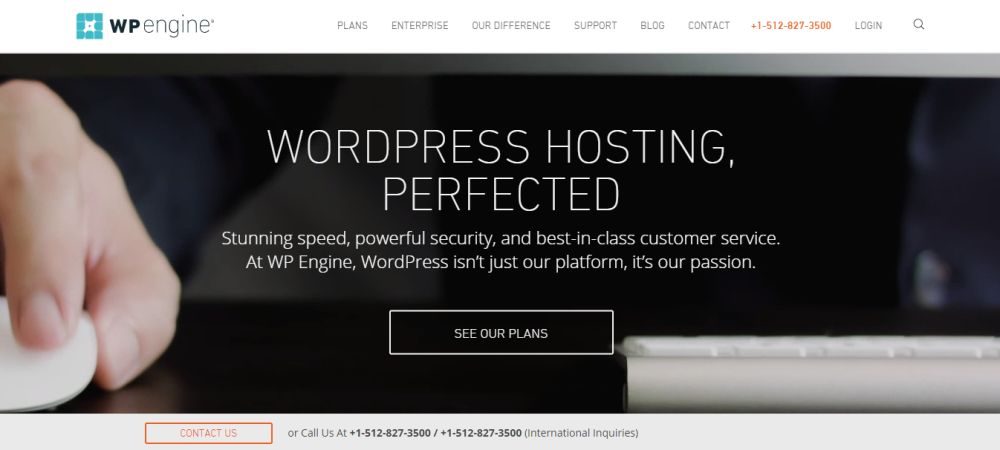
Transfer your WordPress site to an acquaintance managed WordPress hosting company - are freakin 'fast and you don't have to worry about hosting / speed / security / upgrade issues. All you need to do is pay the monthly bill and it is free to focus on your content.
- Example: En R Digital marketing usamos y recomendamos WPEngine
- Cost: $ 30-250 USD / month
2. Shared WordPress hosting
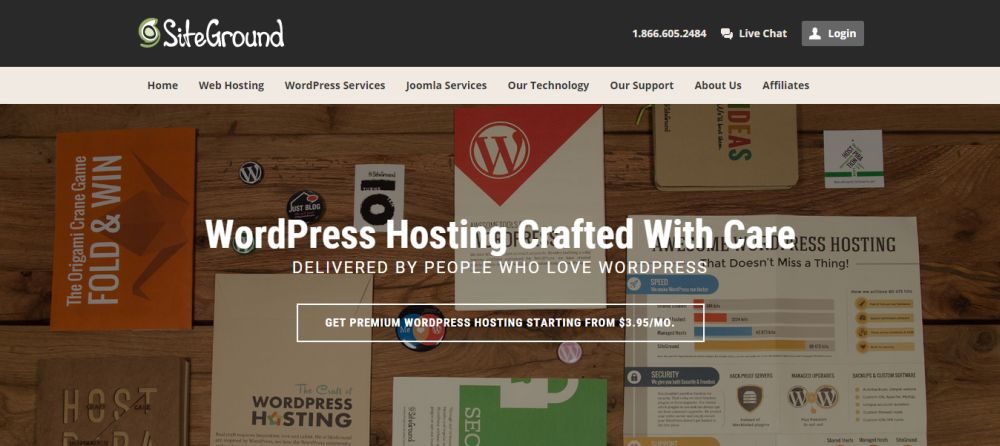
I use a shared WordPress hosting Service. This is a specialized shared hosting form for WordPress and it was recently introduced by major hosting companies.
- Example: SiteGround, Media Temple
- Cost: $ 15-80 USD / month
3. Managed cloud hosting service
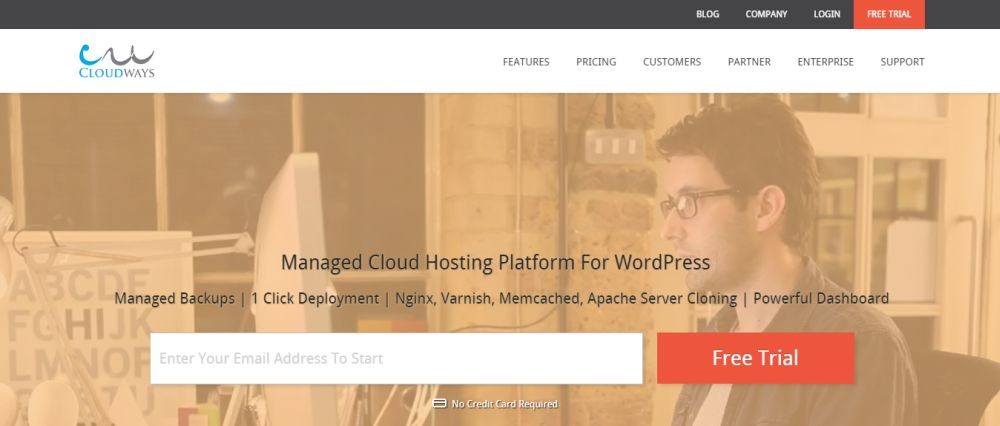
Use a managed cloud hosting service like Cloudways - They host and manage your WordPress site on cloud hosting providers like Microsoft Azure, DigitalOcean, and Google Cloud.
- Cost: $ 5-300 / month
4. Cloud hosting services
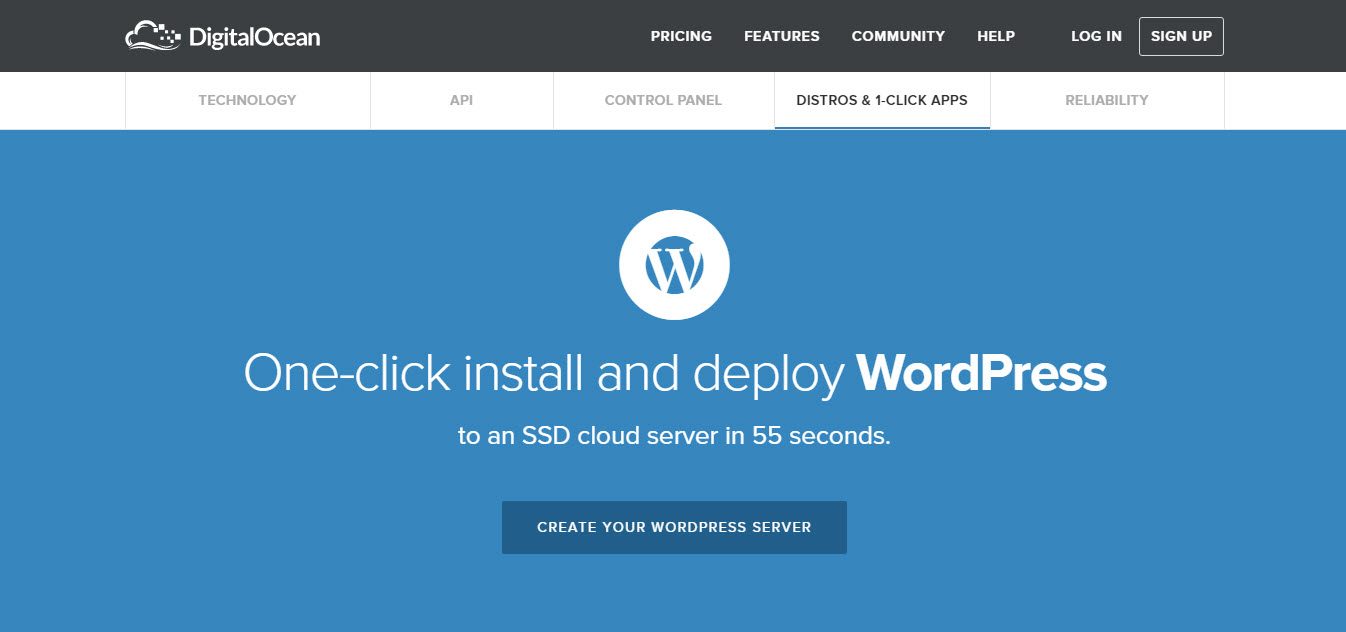
Companies like DigitalOcean make cloud hosting easy and affordable. At the same time they provide one-click WordPress installs so you can get a WordPress ready website up and running in less than a minute.
- Down: It must be technically sound and troubleshooting is a real hassle.
- Pros: En el lado positivo, obtiene más poder y control sobre su server, con un aumento de minutos en los costos de alojamiento, en comparación con el alojamiento compartido.
- Cost: $ 5-300 / month
5. Shared hosting

Shared hosting requires no introduction. It's an affordable first step for CRO, and with 1-click WordPress installation, you can get started on your site pretty quickly.
- Example: BlueHost
- Pros: One of the simplest and most reliable ways to implement a WordPress beginner site.
- Cons: It could cause downtime and account suspension during traffic spikes.
- Cost: $ 4-8 / month
conclusion
Therefore, your organization CRO efforts are not a one-time thing. Similar to SEO, must keep up to date with the last interests of your visitor.
Research. Interrupt. Repeat.
In the next article, we'll look at some amazing WordPress plugins to help you focus on your conversion rate optimization process with minimal technical overhead.

